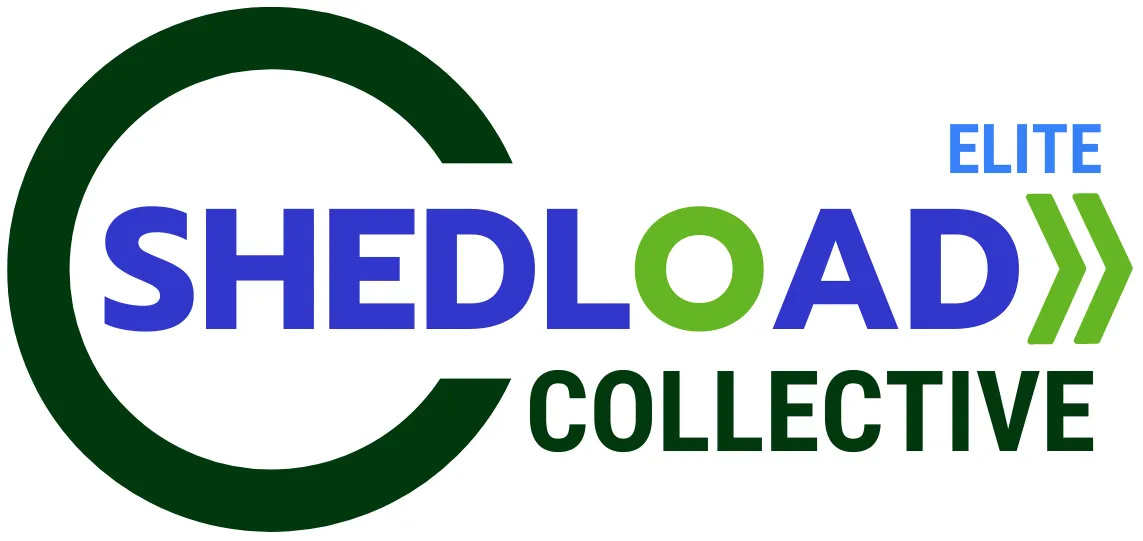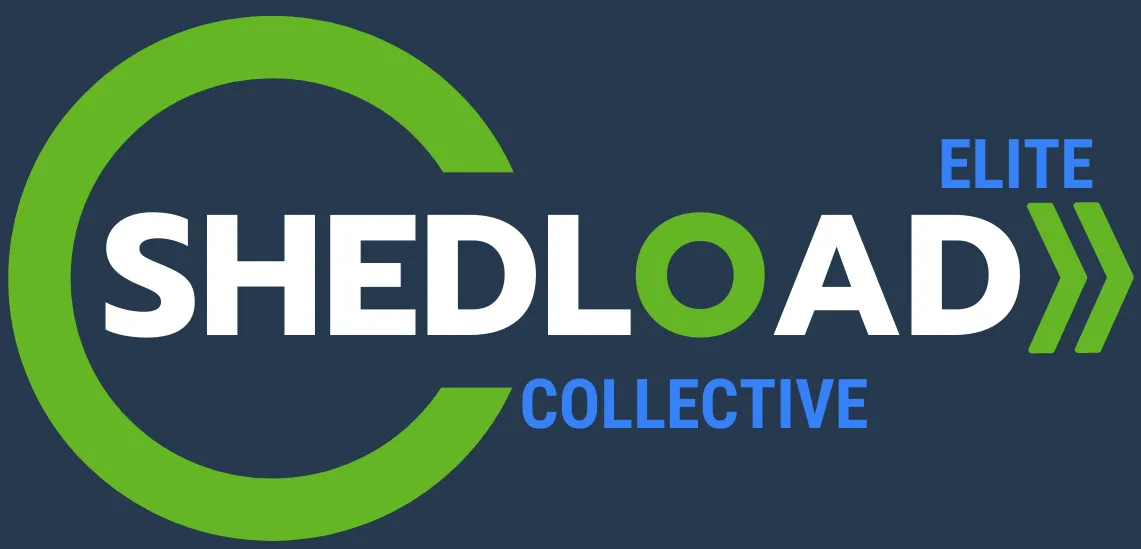
What is Marginal Utility Theory – and Why Should Small Businesses Care?
Marginal utility theory is a fundamental concept in microeconomics that describes the additional satisfaction or benefit a consumer receives from consuming one more unit of a good or service. The core idea, and the most relevant for businesses, is the law of diminishing marginal utility. This law states that as a consumer consumes more and more units of a particular item, the extra satisfaction they get from each additional unit tends to decrease. Eventually, the additional satisfaction may even become zero or negative.
Think about a small coffee shop customer. Their first cup of coffee in the morning might provide a significant boost in energy and satisfaction (high marginal utility). A second cup might still be enjoyable and provide some additional benefit, but likely less than the first (diminishing marginal utility). A third cup might provide very little extra benefit, and too many could even lead to negative effects like jitters (zero or negative marginal utility).
Why Small Businesses Should Care About Marginal Utility Theory
Marginal utility theory is not just an academic concept; it has practical and significant implications for how small businesses operate and grow. Understanding how customers perceive the value of additional units of your products or services can directly inform key business decisions and contribute to profit acceleration.
Here's why small businesses should care:
Optimizing Pricing and Product Strategy: Small businesses often have limited resources and need to be strategic about pricing. Marginal utility helps determine how much customers are actually willing to pay for additional units or features.
Instead of just using cost-plus pricing, small businesses can consider value-based pricing that aligns with the (often high) marginal utility of the first purchase or core offering.
They can design pricing structures like bundle deals or tiered services that reflect the diminishing marginal utility of additional units, encouraging customers to buy more at price points they perceive as valuable. For example, a small bakery might offer a lower per-cup price when a customer buys a larger coffee or a discount on a second pastry.
It guides product development by highlighting that simply offering "more of the same" might not be as appealing as diversifying offerings or adding features that provide new sources of utility.
Improving Customer Retention and Loyalty: For small businesses, building loyal customer relationships is vital. Marginal utility thinking can help.
Understanding when the marginal utility of a product or service starts to diminish for a customer allows a small business to proactively offer something different, a complementary service, or a loyalty reward to maintain their engagement and perceived value.
Focusing on consistently delivering a positive customer experience increases the non-monetary utility a customer receives, fostering loyalty even when the marginal utility of the core product might lessen over time.
Making Smart Inventory and Production Decisions: Small businesses need to manage inventory and production efficiently to avoid waste and tie up capital.
By understanding how quickly marginal utility for their product diminishes, small businesses can better forecast demand and avoid overstocking items that customers are less likely to buy in large quantities at the same price.
Effective Marketing and Sales: Marginal utility can inform how small businesses market and sell their products.
Highlighting the significant initial utility or the unique benefits of a first purchase can be a powerful marketing angle.
Sales strategies can be tailored to emphasize the value of additional units or complementary products based on the customer's likely marginal utility curve.13
In essence, marginal utility theory provides small businesses with a valuable lens through which to view their customers' purchasing decisions and perceived value. By applying these principles, small businesses can make more informed choices about pricing, product offerings, and customer engagement, ultimately leading to increased sales, better customer retention, and accelerated profit growth, even with limited resources.
Are you interested in learning more about our different coaching offerings? Feel free to contact us anytime and check out our wide range of services to support whatever short or long term needs you’re currently facing.



